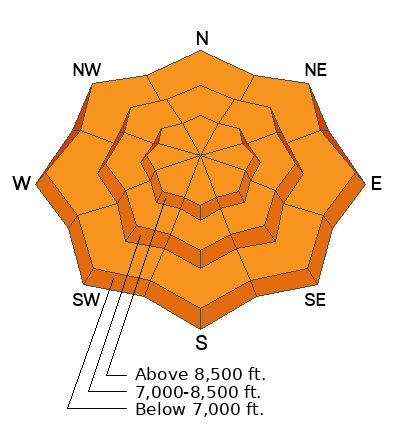Forecast for the Ogden Area Mountains

Issued by Nikki Champion on
Wednesday morning, March 15, 2023
Wednesday morning, March 15, 2023
The overall avalanche danger is CONSIDERABLE but may spike to HIGH during periods of heavy snowfall this morning. High winds, warm temperatures, and heavy precipitation have created dangerous avalanche conditions on all aspects and elevations. The elevated winds will continue to create unstable slabs of wind-drifted snow at all mid and upper elevations. Both loose snow and slab avalanches may be possible within layers of new snow at upper and mid elevations, and wet snow at lower elevations.
With strong winds, and overnight rainfall cornices and roof avalanches will be increasingly dangerous today.

Low
Moderate
Considerable
High
Extreme
Learn how to read the forecast here






